Crash Games
When it comes to gambling, there are many different ways to do it. You can go to a casino and play slots or table games, or you can play crash games for money online. There are also many people who like to play games like poker or blackjack. And then there are those who like to gamble by betting on sports.








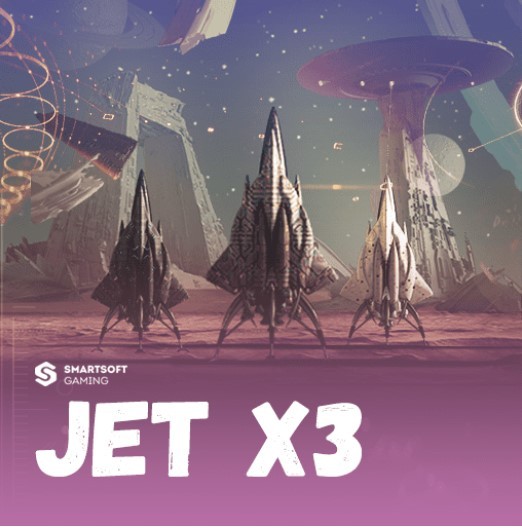
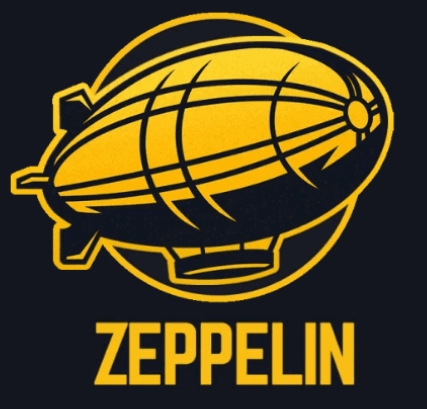


What are crash games for money?
Crash Games (Quick Money Games online) is a new type of gambling game that is becoming very popular. Basically, it's a game where you bet on how long it will be before the virtual currency collapses. If you think the price of the currency will fall in the next minute, you can bet on it, and if it does, you win.
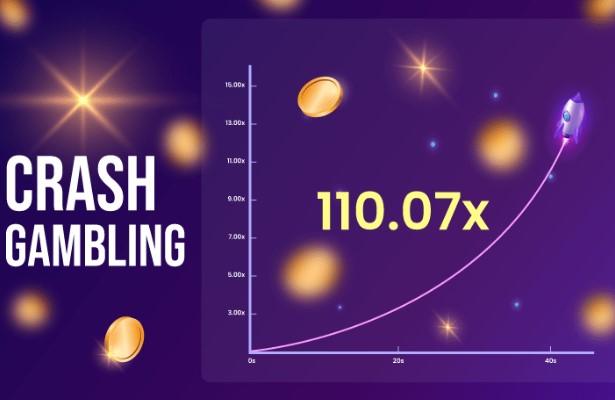
Crash Games
In general, playing crash for money can be very risky. You could easily lose all your money if you are not careful. But if you're willing to take that risk, it can be a lot of fun. Quick games are not only about crash earning, but also about socializing with other participants, both during the game and in the telegram channels. Communities of fans and lovers of crash games are getting bigger every day: players share both their experiences and strategies for playing crash to win, find the best crash sites for money and share them in messages.
If you're thinking about trying to play crash online gambling, you should definitely check out our review. We will tell you everything you need to know about this new way of gambling.

Crash game for money
How does crash betting work?
In order to start playing instant games, you first need to find a good site that offers them. Once you find a site, you will need to create an account and deposit money into it. Almost all online casino sites offer the option to first try crash games in a demo version, and after gaining gaming experience - to place bets.
You can then start betting on how long it will take for the virtual currency to crash. The more time it takes, the more money you can win. But if it collapses too quickly, you could lose everything.
It is important to remember that any Crash game for money is a risk. You can easily lose all your money if you are not careful. So make sure you understand all the risks before you start.
Top 5 online casino sites with crash games for money
If you're looking for a good site for quick money gambling, then you should definitely check out our reviews. We'll tell you everything you need to know about the best crash casino and show you the best sites for this new form of gambling.
1Win Casino
1WIN is a well-known betting site with gambling opportunities. On the site you can play Aviator by Spribe - the most popular crash game to date. Aviator attracts attention not only with its colorful interface, but also with an RTP of 97 percent and high payout multipliers. 1vin allows you to test the game Aviator in a demo mode and make bets for real money at real odds with the ability to withdraw your crash earnings in the fastest possible time.
Pin-Up Casino
A wide range of casino, sports betting and live dealer products are available at the Pin-Up Casino, which was launched in 2019. Pin Up can also be called a casino crash: the newest fast cash games appear on the site almost immediately after release.
Customers can now play a wide selection of 12 software providers with a portfolio of more than 1,200 of the best games. Depending on where you live, there may be some restrictions on products and services.
Pin-Up Casino is licensed and regulated by the Electronic Gaming Authority of Curacao. In addition to English, the casino allows players to change the site language to Russian, Portuguese, German, Spanish, Turkish, Ukrainian, Finnish, Norwegian and Swedish.
TrustDice Casino
TrustDice gambling platform, which uses blockchain technology Trustless. The best casino crash game for money is called Dice. The site is based on smart contracts on the EOS blockchain, which makes it reliably fair.
No registration or deposit is required to play on the site. You can use any EOS wallet to log in and start playing. The site also has a section where you can get free EOS to play.
The casino is a fully digital site that also has its own cryptocurrency, TXT, which uses an innovative economic model to incentivize Trust depositors. The casino offers a wide range of games, including craps, blackjack, baccarat and more.
The site also has its own selection. A version of Dice and Crash is currently in development, as well as several other games, including card games.
Casino Bustabit
Bustabit - is an online gambling site where you can bet on the value of virtual currency, similar to how you bet on the stock market.
The value of virtual currency fluctuates constantly, and you can cash out at any time if you think it will collapse. However, if you wait too long, the value could collapse before you cash out and you could lose everything.
Crashino Casino
Crashino - is a new crash casino that offers a unique form of gambling called Crash Gambling. In this form of gambling, you bet on how long it takes for the virtual currency to crash. The more time it takes, the more money you can win. But if it crashes too quickly, you could lose everything.
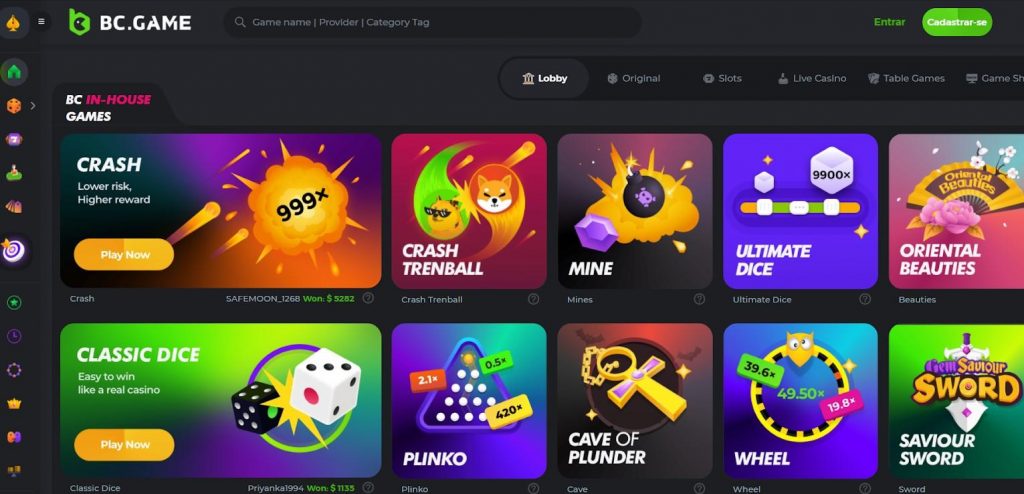
Quick money games
Best games of chance
If you want to find the best online crash game, then you should definitely check out our reviews. We'll tell you everything you need to know about the best games for this new form of gambling.




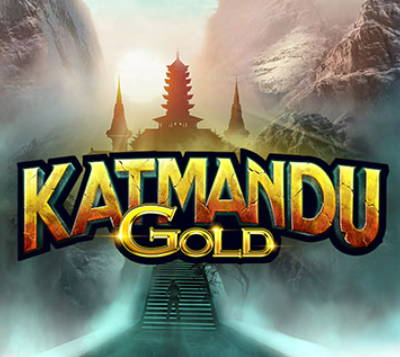
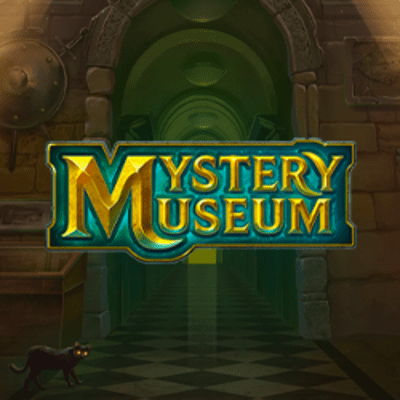
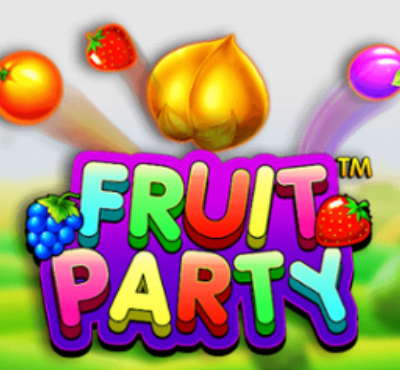

Playing Aviator
The goal of 1win Aviator is to make one or two bets before the plane takes off. The multiplier is displayed on the screen in front of you. If it reaches x1,000 before the plane takes off you will receive your winnings multiplied by 1,000. If the plane takes off before the multiplier reaches x1,000 you will lose your bet.
The difficulty of the game is that it is impossible to predict when the plane will take off, so players often invest early to avoid possible losses. Aviator game for money - ends when the plane takes off or if the multiplier reaches x1,000 before that.
JetX Game
JetX is a new cash game similar to Aviator, but with some differences. В JetX you are betting on how long it will take for the jet to take off. The difference is that in this game you can see a countdown timer for when the plane takes off.
This makes it a little easier to predict when to pay out, but it's still very risky. If the timer runs out before you have time to cash out, you will lose your bet.
Crash gambling is a new and exciting form of gambling that is becoming increasingly popular. If you are looking for the best gambling games, then be sure to check out our reviews. We will help you find the best games to play.
Game F777 Fighter
F777 Fighter is a new game similar to JetX, but with one major twist. In this game you bet on when a fighter plane will crash.
Obviously, this is a very risky bet, but if you win, you can get a very large payout. The downside is that if the plane doesn't crash, you lose your entire bet.
So if you're looking for a new and exciting way to gamble, be sure to check out F777 Fighter. It's definitely one of the most unique and risky bets you can make.
Zeppelin Betting game
Zeppelin is one of the most enjoyable free casino games available today. The Zeppelin crash game can be played at any casino without registration or membership!
The goal of the Zeppelin game is to place a bet and choose how much money you are willing to risk. Then, as the zeppelin rises, you must watch the multiplier and cash out when it seems high enough. However, if you wait too long, the zeppelin can explode and you lose your entire bet.
It is a very risky game, but if you win, it can bring great profits. So if you are looking for a new and exciting way to gamble, be sure to check out Zeppelin.
Lucky Jet
A new version of the old aviator game known as "Lucky Jet" has been released by a relatively young gaming company founded in 2014 called Gaming Corps.
They have a variety of slot games, multipliers and other new additions.
Lucky Jet - is a game for daredevils. In this game you need either a lot of luck or nerves of steel.
The principle of the game is similar to the original game "Aviator": you bet on when the plane will take off,
The game starts from scratch, and after you've made your bets, the game begins, and then it's up to you!
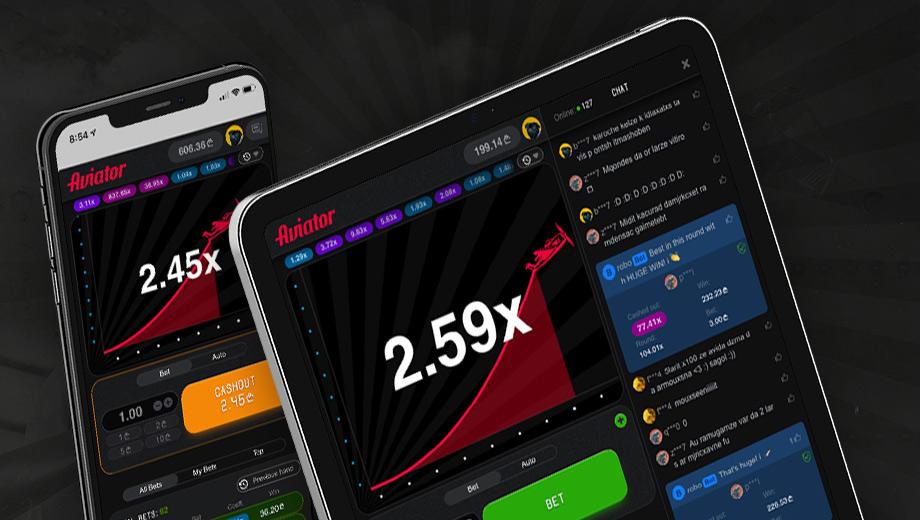
Playing Aviator
How to choose a crash game for money?
There are many factors to consider when choosing a game of chance:
- You have to consider the risks, the potential rewards, and the overall gameplay.
- Crash gambling is a very risky form of gambling, so before you start gambling, you should be sure that you are not afraid of the risks. If you are not satisfied with the risks, then you should find another form of gambling more suitable for you.
- The potential benefits are also important. You need to weigh the potential benefits against the risks to see if you should do it. If the potential rewards are large enough, it may be worth the risk.
- Finally, the overall gameplay has to be considered. Some games are more exciting than others, and some are more dependent on luck than others. You need to find a game that you enjoy playing and are comfortable playing.
If you take into account all these factors, you can find the right gambling game for you.
How do you play crash games?
There are several different ways to play gambling crash games for money to get not only adrenaline, but also to win.
The most popular way is simply to bet on when the object will crash. This is a very risky kind of gambling, but if you win, it can bring great profits.
Another popular way to gamble is to bet on which team will win a particular game. This is also a very risky type of gambling, but it can be very profitable if you win.
Finally, you can also bet on how long a particular game will last. This, too, is a very risky kind of gambling, but it can be very rewarding if you win.
Regardless of which way you choose to gamble, you need to be very careful and make sure you understand all the risks before you start gambling. If you are not satisfied with the risks, you should find another form of gambling that is more suitable for you.
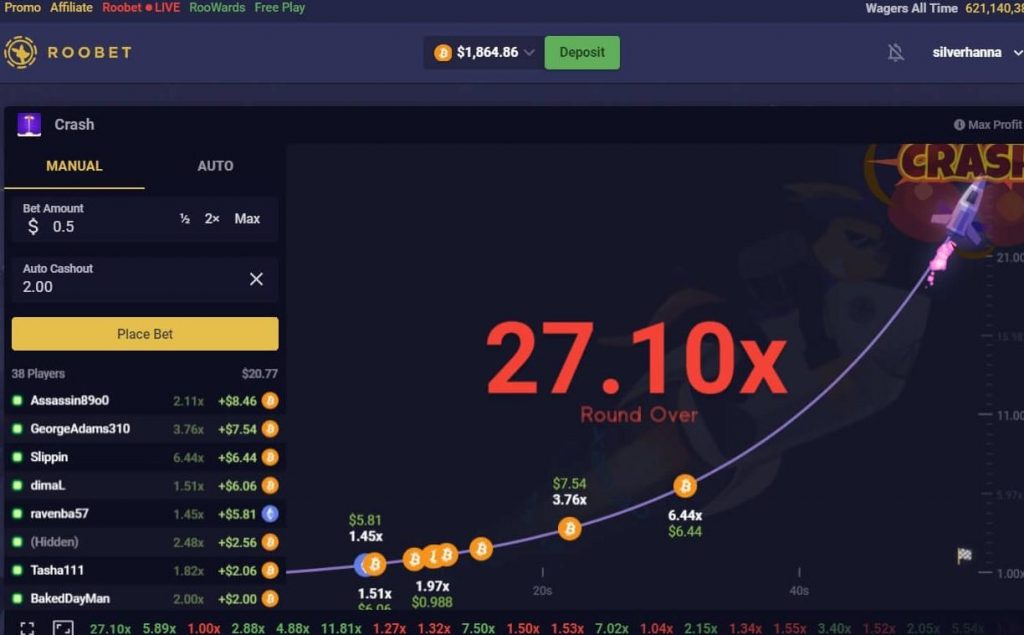
Fast money games online
Crash game with cryptocurrencies
Cryptocurrencies are a new and exciting way to gamble, and they are perfect for crash gambling.
Cryptocurrencies are very volatile, which means that the market can collapse at any moment. This makes them ideal for gambling.
Another advantage of cryptocurrencies is that they are very easy to use. You can use them to bet on any kind of gambling, and you don't have to worry about exchange rates or other commissions.
Finally, cryptocurrencies are also very secure. You don't have to worry about your money being stolen or hacked when you use it to gamble.
If you are looking for a new and exciting way to gamble, you should definitely consider cryptocurrencies. They are ideal for crash gambling and offer a lot of advantages over traditional gambling methods.
Instant Games: Tips and Tricks
Here are some tips and tricks you can use to increase your chances of winning at crash money games:
- Be aware of the risks: Crash gambling is a very risky kind of gambling, so before you start playing, you should be sure that you are not afraid of the risks. If you are not satisfied with the risks, then you should find another type of gambling more suitable for you.
- Assess the potential benefits: You need to weigh the potential benefits against the risks to see if you should do it. If the potential benefits are high enough, it may be worth the risk.
- Find a game you like to play: Some games are more exciting than others, and some are more dependent on luck than others. You need to find a game that you enjoy playing and are comfortable playing.
- Be careful and make sure you understand the risks: Regardless of which way you choose to gamble, you need to be very careful and make sure you understand the risks before you start gambling. If you are not satisfied with the risks, you should find another form of gambling more suitable for you.
- Use cryptocurrencies: Cryptocurrencies are a new and exciting way to gamble, and casino crash games are increasingly offering this payment method. They are very volatile, which means that the market can collapse at any moment. This makes them ideal for gambling. Another advantage of cryptocurrencies is that they are very easy to use. You can use them to bet on any gambling game, and you don't have to worry about exchange rates or other fees. Finally, cryptocurrencies are also very safe. You don't have to worry about your money being stolen or hacked when you use them for gambling.
Follow these tips and recommendations to increase your chances of winning at crash gambling. Remember that crash gambling is a very risky type of gambling, so before you start playing, you should be sure that you are not afraid of the risks. If you are not comfortable with the risks, then you should find another type of gambling that suits you better. Good luck!
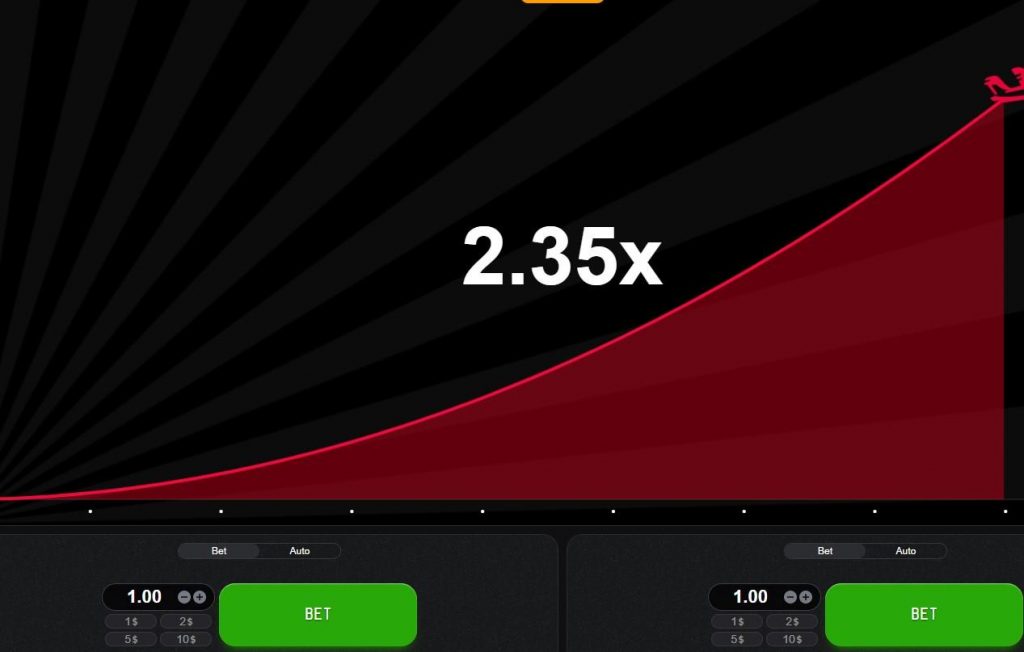
Crash game for money
Gambling betting strategies and systems
There is no sure way to win at gambling, but there are some strategies and betting systems that can be used to increase the chances of winning.
The Martingale System - is a popular betting strategy that can be used in gambling. This system involves doubling your bet after each loss to eventually recoup your losses and make a profit
The disadvantage of this system is that it can be very risky, and you can quickly lose a lot of money if you are unlucky.
Another betting strategy is Fibonacci systemThis system is less risky than the Martingale system, but can still be risky if you're lucky. This system is less risky than the Martingale system, but can still be risky if you are unlucky.
There are also a number of betting systems that can be used to bet on certain numbers. These systems are based on the idea that certain numbers are more likely to fail than others.
Some people also like to use their intuition in gambling, and this can sometimes lead to big winnings. However, this is a very risky strategy and should only be used if you are comfortable with the risk.
Remember that there is no sure way to win in a crash game. However, you can increase your chances of winning by using strategies and betting systems. But be careful, because these strategies can be very risky. Good Luck!
Conclusion
Crash Gambling is a very risky form of gambling, and you should be sure that you are not afraid of these risks before you start playing. If you are not comfortable with the risks, then you should find another form of gambling that is more suitable for you. Good luck!
FREQUENTLY ASKED QUESTIONS
Are crash money games legal?
It depends on your jurisdiction. In some jurisdictions, speed gambling (crash) is legal and in others it is not. You should check your local laws to see if crash gambling is legal in your area.
Are crash games safe?
Crash games are a very risky kind of gambling, and you can quickly lose a lot of money if you are not careful. You should only play with money you can afford to lose, and you should be aware of the risks before you start playing.
What are the best strategies for winning in crash gambling?
There is no sure way to win at fast games, but there are some strategies and betting systems that can be used to increase the chances of winning.
Can I win real money at Crash Gambling?
Yes, you can win real money in crash games. However, you can also lose a lot of money quickly if you are not careful. Make sure you're playing with money you can afford to lose, and be aware of all the risks before you start playing.
Is gambling addictive?
Yes, gambling can be addictive. If you are not careful, you can quickly lose a lot of money.

























